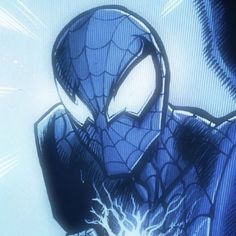food chains
Cards (51)
- Food chainA series of organisms where each one feeds on the next, transferring energy
- Producer
- An organism that produces its own food, usually a plant or algae
- Consumer
- An organism that feeds on other organisms
- Primary consumerThe first consumer in a food chain, usually an herbivore
- Secondary consumerThe second consumer in a food chain, usually a carnivore
- Tertiary consumerThe third consumer in a food chain, usually a carnivore
- HerbivoreAn organism that only eats plants
- CarnivoreAn organism that only eats other animals
- OmnivoreAn organism that eats both plants and animals
- Energy transfer in a food chain1. Producer to primary consumer2. Primary consumer to secondary consumer3. Secondary consumer to tertiary consumer
- Food chains are normally only 4 or 5 organisms long
- Energy is lost at each stage of the food chainDue to movement, warmth, waste, and inedible parts
- PreyAn organism that is captured and eaten by another organism
- PredatorAn organism that captures and eats other organisms
- Food webA complex network of interconnected food chains
- Food webs are more resilient than simple food chains
- The video is presented by www.anki.com
- If one organism is taken away from a food webIt can have devastating impacts on the whole food web
- If the rabbit population declines or is wiped outThe grass will grow more, the foxes will eat more mice and blackbirds, the blackberries will grow more, and the wheat may grow more
- Taking out one organism can change the interactions between organisms in the food web
- BioaccumulationChemicals build up in living organisms as they move up the food chain
- The animal at the top of the food chain will have the highest concentration of chemicals
- DDT was an insecticide used to kill mosquitoes and was also used on crops
- DDT was an example of bioaccumulation that had devastating effects on birds of prey
- The death of birds of prey due to bioaccumulation of DDT had a knock-on effect on the whole food web
- Organisms in a food web rely on each other for food, pollination, shelter, etc. (interdependence)
- Human activities like hunting, habitat destruction, pollution, etc. can affect the entire food web
- EcosystemAll the living organisms in an area and the nonliving parts of the area
- Ecosystem
- Includes all the living organisms (e.g. fish, corals, seaweeds, sponges) and the nonliving parts (e.g. water, rocks)
- CommunityA group of different species of organisms that live in an area
- PopulationA group of organisms of the same species
- HabitatWhere an organism lives
- NicheA particular place in an ecosystem where an organism lives
- NicheThe particular role an organism plays in an ecosystem
- Organisms occupy different niches to coexist and have enough food
- Niches in a tree
- Roots (bacteria)
- Bark (insects)
- Tree canopy (insects, birds)
- Niches in a lake
- Water's edge
- Middle of lake
- Lake floor
- Woodpeckers have a niche of providing holes in trees for other organisms
- Trees have a niche of providing shelter and nesting material for birds
- Fish that feed on the lake bottom have a niche of churning the mud and releasing food for other organisms
